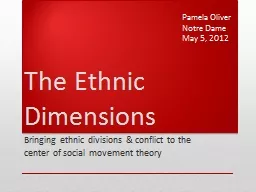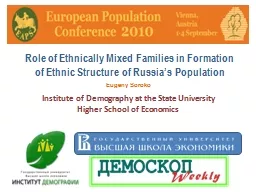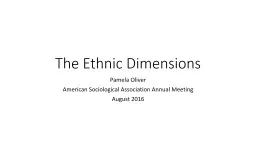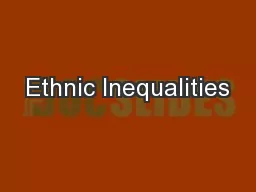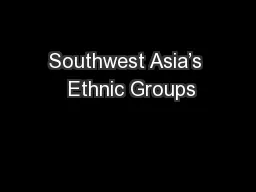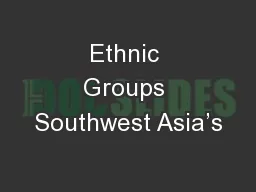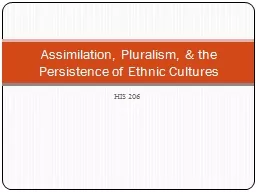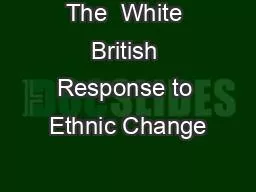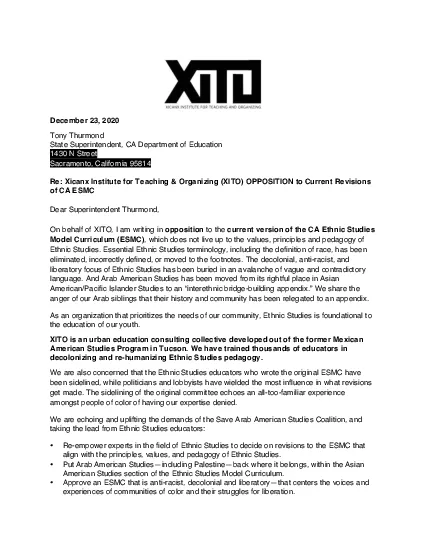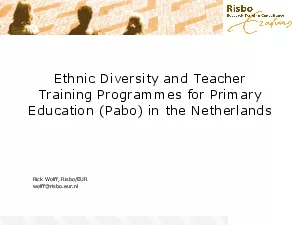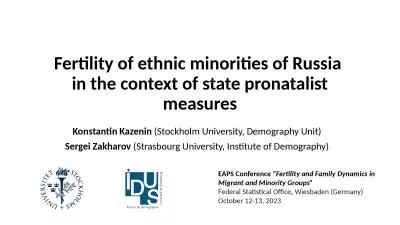PPT-The Ethnic Dimensions
Author : conchita-marotz | Published Date : 2016-10-11
Bringing ethnic divisions amp conflict to the center of social movement theory Pamela Oliver Notre Dame May 5 2012 Outline A Theme with Variations Starting point
Presentation Embed Code
Download Presentation
Download Presentation The PPT/PDF document "The Ethnic Dimensions" is the property of its rightful owner. Permission is granted to download and print the materials on this website for personal, non-commercial use only, and to display it on your personal computer provided you do not modify the materials and that you retain all copyright notices contained in the materials. By downloading content from our website, you accept the terms of this agreement.
The Ethnic Dimensions: Transcript
Download Rules Of Document
"The Ethnic Dimensions"The content belongs to its owner. You may download and print it for personal use, without modification, and keep all copyright notices. By downloading, you agree to these terms.
Related Documents

